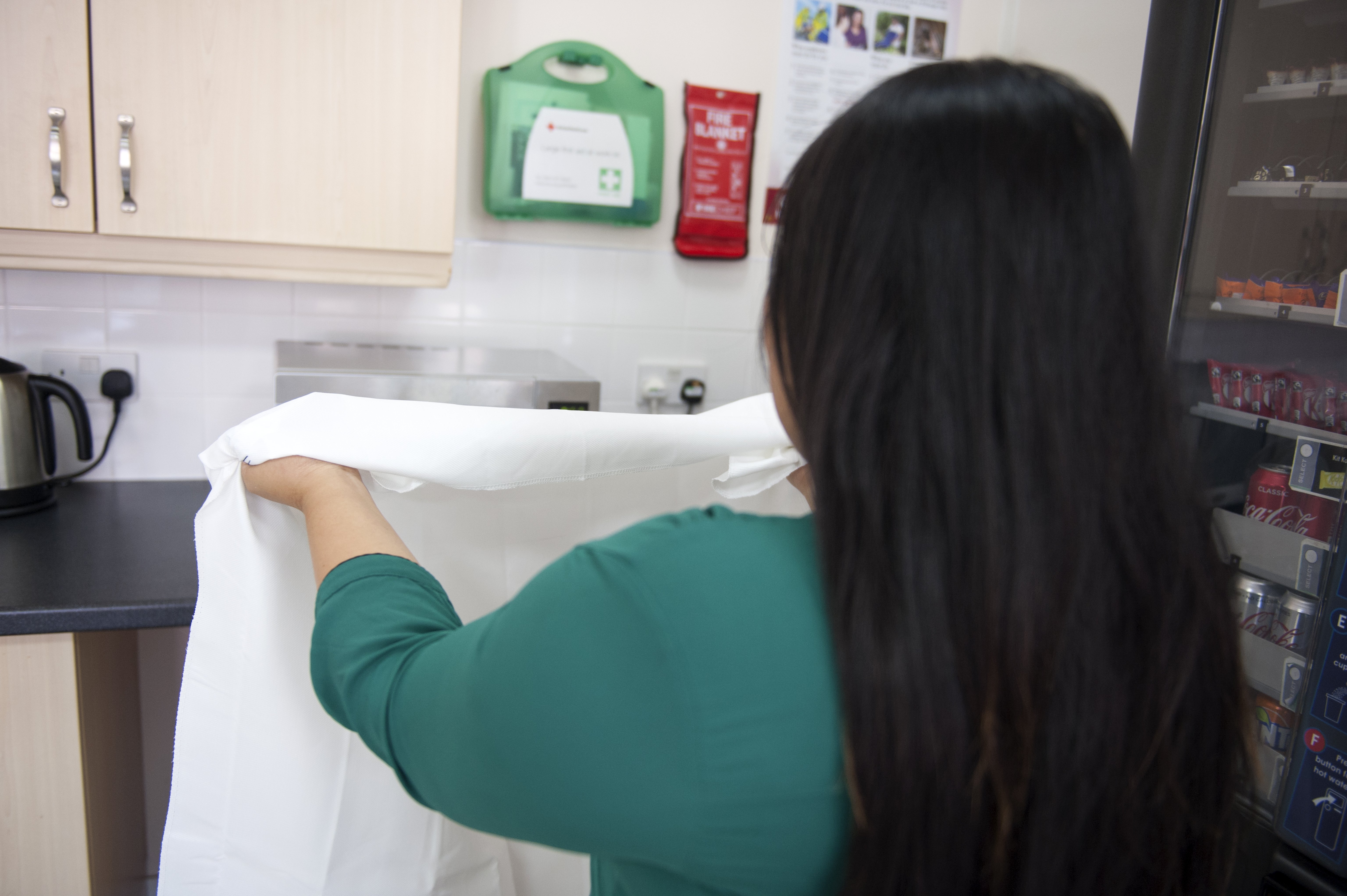In 2022, the fire and rescue authority attended 9,971 primary fires in non-domestic buildings. That’s nearly 200 fires every week. And most of these can be avoided by good organisation and completing your due diligence. Are there too many plugs in one socket? Is your office paperwork stored too close to the heater? Is your kitchen equipment looking worse for wear?
This blog will help you understand the fire hazards in the workplace and some quick tips for keeping the risk of fire to a minimum.
Examples of fire hazards in the workplace
Anything that burns is a source of fuel for a fire, such as:
- paper and packaging materials e.g., sheet paper, waste bin, shredded paper, boxes
- wood and textiles e.g., upholstered furniture, wood office furniture, curtains, blinds, clothing, carpets
- aerosol cans, gas cylinders
- paints, varnishes, thinners, adhesives
- petrol, white spirit, paraffin
- liquefied petroleum gas (LPG) and other flammable gases.
What is the most common cause of fire in the workplace?
Nearly 2000 fires in non-dwelling premises during 2021/22 were caused by faulty appliances or leads. Defective equipment can present significant danger to your workforce if not maintained and tested regularly. This includes imperfect or loose wiring, faulty/old equipment and overloaded sockets.
Other common causes of fire in the workplace include:
- Flammable/combustible materials – If these are incorrectly stored and allowed to build up, they can act as fuel and allow small fires to spread rapidly.
- Smoking – Even with dedicated smoking areas, without safe disposal methods dropped cigarettes can set light to nearby flammable materials.
- Cooking equipment – The kitchen presents a range of fire hazards, including burning food, leaving equipment unsupervised, and the use of combustible materials.
- Untidy and unclean workspaces – Overloaded rubbish bins, dusty computers or poor ventilation all assist fires to grow.
Learn about fire safety regulations in the workplace.
How to prevent a fire in the workplace
For fire to be ignited and continue to burn, each element must be present in the right proportions. This is often described using the fire triangle.

As long as all three sides of the triangle are intact a fire will continue to burn. Removal of one side will cause the triangle to collapse and the fire will no longer burn.
The best way to protect people from harm caused by fires is to prevent fires from starting in the first place. Examples of good prevention practice for fire marshals include:
- Electrical appliances: Are they in good condition and checked regularly?
- Lighting: Bulbs, spotlights and florescent tubes generate heat so should be kept away from combustible materials.
- Extension cords and sockets: Make sure they are not damaged or overloaded and cables are not running under carpets or where they can be damaged.
- Combustible materials: Ensure there is no build-up of combustible materials that could pose a fire risk.
- External waste bins and recycling: Keep secure and positioned away from the building in case of arson.
- Kitchen and breakout areas: Ensure ovens, hobs and grills are kept clean. A build-up of fat and grease can easily catch fire. Never leave cooking unattended. Extractor fans build up grease and must be cleaned regularly.
- Hazardous goods: Ensure they are stored correctly (HSE guidance and COSHH data sheets may provide more information).
Why is it important to know the top fire hazards in your workplace?
Working out what your top fire hazards are in the workplace is part of your fire risk assessment. Organisations are required by the Fire Safety Order to have a regularly updated fire risk assessment.
The best way to ensure your fire risk assessment is up to date with fire safety regulations is training your fire marshals on an Institution of Fire Engineers (IFE)-accredited course. As part of this, they will learn about common fire hazards in the workplace; how to carry out a risk assessment; how to fight small fires; and much more.
Topics: Health & Safety, Fire Marshal


